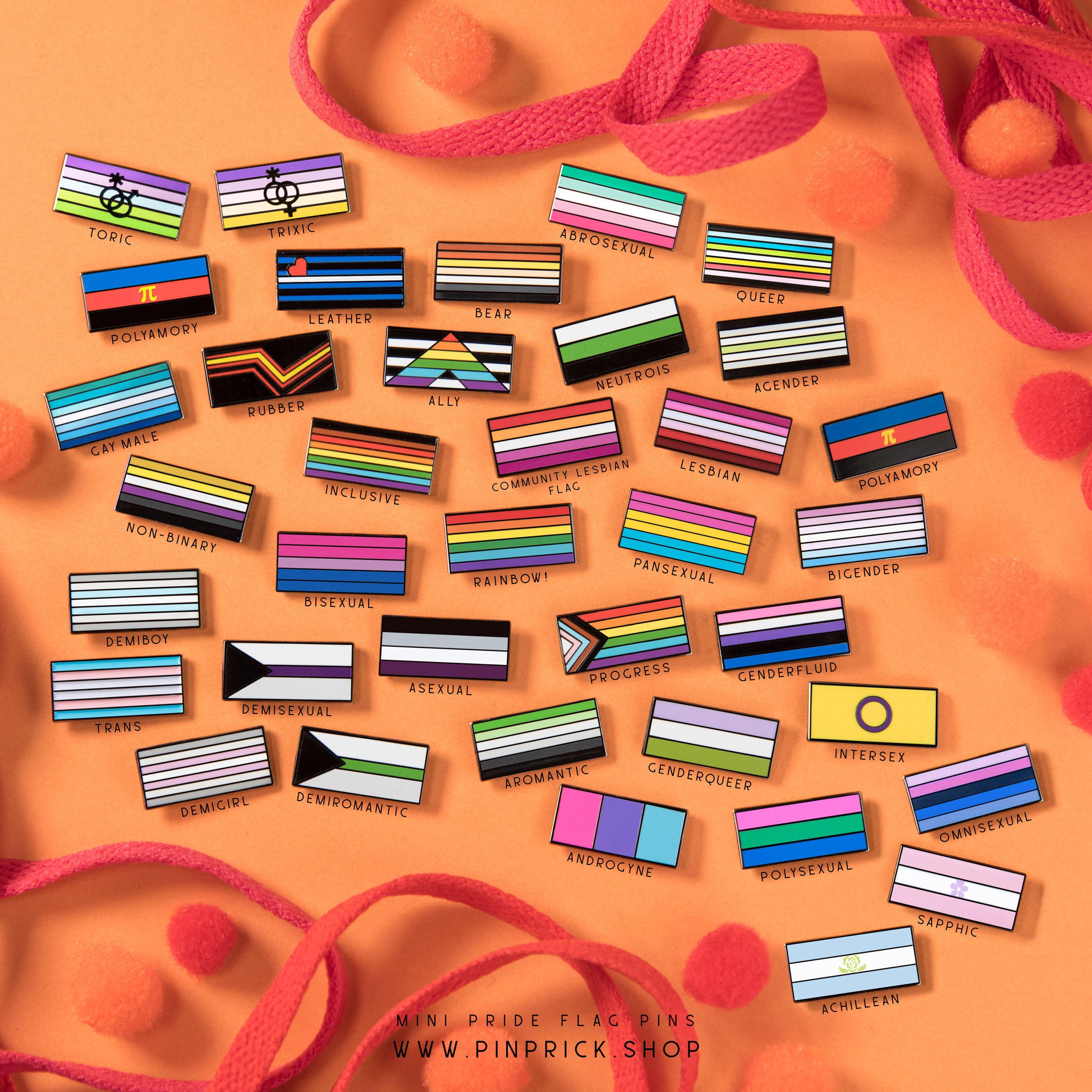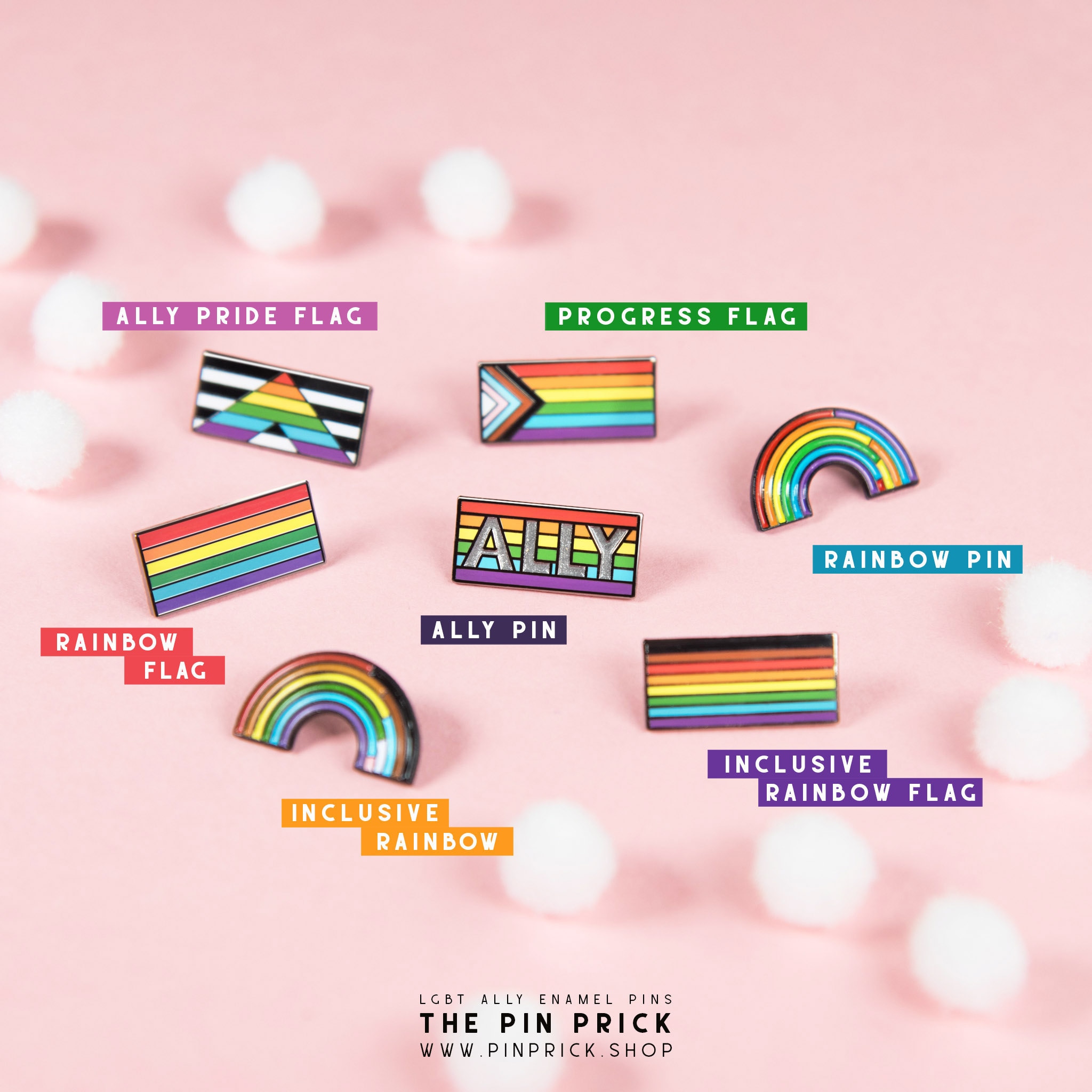What is greysexuality?
Greysexuality, also known as gray-asexuality, gray-A, or gray-ace, is a term that is used to describe individuals who identify as asexual but do not fit into the traditional categories of asexuality.
It is often referred to as a "sexual gray area" because it encompasses a wide range of experiences and is difficult to clearly define. People who are greysexual may experience sexual attraction infrequently or may feel a varying degree of sexual attraction.
Greysexuality is intentionally broad in order to include people who fall somewhere between being asexual and sexual. It is possible for someone who is greysexual to experience sexual attraction occasionally, but it is not a frequent or important part of their life. They may also feel a low intensity of sexual attraction, or may only feel sexual attraction in certain circumstances.
What kind of attraction do greysexual people experience?
The experience of attraction can vary widely among greysexual people, as it does among people of any sexual or romantic orientation.
It is possible for someone who is greysexual to experience a low intensity of sexual attraction, or to only feel sexual attraction in certain circumstances. It is also possible for a greysexual person to have past sexual experiences that do not reflect their current sense of self or their sexual identity.
Some greysexuals may feel a romantic attraction to others but might not desire romantic relationships, while others may not feel a romantic attraction at all.
Ultimately, the type and intensity of attraction that a greysexual person experiences will vary from person to person and may change over time. It is important to remember that greysexuality, like all sexual identities, is a unique and personal experience and should be respected as such.

The Greysexual Pride Flag Enamel Pin by The Pin Prick
How do I know if I am greysexual?
It's common to feel uncertain or confused about your own feelings, and this can be especially true when it comes to matters of sexual attraction. If you feel that you may be greyromantic, it can be helpful to spend some time thinking about your own feelings and experiences.
It is also worth noting that sexual attraction and behavior are not the same thing, and it is possible for someone to be greysexual but still have sex or engage in other sexual activities.
Here are a few questions that you might consider asking yourself if you are trying to determine if you are greysexual:
- Do you rarely feel sexual attraction, or do you feel a low intensity of sexual attraction?
- Do you find that you are more focused on non-sexual ways of showing love and affection to your partners, and regard sex as a non-important part of your relationships?
- Do you feel like you fall somewhere between being asexual and sexual, and do not fit neatly into the traditional categories of asexuality?
- Do you feel a strong emotional connection with others but do not desire sexual relationships?
- Do you feel a weak sexual attraction to some people but not all?
- Do you feel a sexual attraction only under certain circumstances?
If you are still unsure about your own orientation, it may be helpful to talk to a trusted friend, family member, or an LGBT-affirming mental health professional. They can provide support and help you explore your feelings.
Other helpful resources include:
- The Asexual Visibility and Education Network website
- Online discussion groups, such as the Asexuality subreddit
- Facebook groups and other online forums for asexual and greysexual people

Asexual Pride Flag Shoelaces, featuring matching Asexual Lace Locks. Greysexuality is regarded as part of the asexual spectrum.
What is the difference between greysexuality and demisexuality?
Greysexuality and demisexuality are both terms that are used to describe people who experience a limited or infrequent level of sexual attraction. However, there are some key differences between the two terms.
Greysexuality refers to a broad range of experiences that fall somewhere between asexuality and sexuality. It is a "sexual gray area" that encompasses a wide range of experiences and is difficult to clearly define. People who are greysexual may experience sexual attraction infrequently or may feel a varying degree of sexual attraction.
Demisexuality, on the other hand, refers specifically to people who do not experience sexual attraction until they have formed a strong emotional bond with someone. Demisexual people may feel sexual attraction after developing a deep, romantic connection with someone, but they do not experience sexual attraction based on physical appearance alone.
In summary, greysexuality refers to a broad range of experiences that are difficult to define, while demisexuality refers to a specific experience of not feeling sexual attraction until an emotional bond has been formed.
Both greysexuality and demisexuality are valid and important identities within the asexual spectrum.

The Demisexual Flag (as an enamel pin!). Many pride flags in the asexual spectrum feature the colours purple, white, grey and black.
How is being greysexual different from being greyromantic?
Greysexual and greyromantic are terms that are often used to describe people who feel a limited or uncertain attraction to others.
Greysexual is a term that is used to describe people who feel a limited or uncertain sexual attraction to others. Some greysexual people may experience sexual attraction only under certain circumstances, while others may not experience sexual attraction at all.
Greyromantic is a term that is used to describe people who feel a limited or uncertain romantic attraction to others. Some greyromantics may feel a strong emotional connection with others but do not desire romantic relationships, while others may feel a weak romantic attraction to some people but not all.
If you are interested in learning more about the greyromantic identity, continue reading here!
It's important to note that sexual and romantic attraction are separate and distinct experiences, and it is possible for someone to be greysexual and greyromantic, or to be neither, either, or both. It is also possible for someone's feelings of sexual and romantic attraction to change over time. Ultimately, it is up to each individual to determine how they experience and label their own attractions.

The Greyromantic Pride Flag on the left, versus the Greysexual Pride Flag on the right
What is the Meaning of the Greysexual Flag?
The greysexual flag, designed by Milith Rusignuolo in 2013, consists of three colors: purple, grey, and white.
The purple represents asexuality, the grey represents the varying degrees of sexual attraction, and the white represents allosexuality, or the experience of sexual attraction.
The flag serves as a symbol of pride and solidarity for the greysexual community.

The Greysexual Pride Flag Enamel Pin by The Pin Prick
How do I celebrate being greysexual?
There are many ways that you can celebrate being greysexual, both personally and as part of the larger greysexual community! Here are a few ideas:
- Learn more about greysexuality and the asexual spectrum: There is a wealth of information and resources available online and through community groups that can help you learn more about the identity.
- Connect with other greysexual individuals: Finding others who share your identity can be a great source of support and validation. You can join online communities or attend local events and meetups to connect with other asexual/greysexual individuals.
- Share your experiences with others: Sharing your experiences with others, whether it be through writing, art, or simply having conversations with friends and loved ones, can be a powerful way to celebrate your identity and raise awareness about greysexuality.
- Celebrate your unique perspective: greysexuality can bring with it a unique perspective on relationships and sexuality. Embrace this perspective and celebrate the ways in which it makes you special and unique.
- Practice self-care: taking care of yourself is an important part of any identity celebration. Consider doing things that make you feel good, such as spending time with loved ones, engaging in hobbies or activities you enjoy, or simply taking some time for yourself.
Remember that there are so many different ways to celebrate your identity, and that what is most important is that you find ways to feel comfortable, confident, and supported in your own skin. Take your time in your journey of self-discovery — don't stress out, it's never a race!
How can I be an ally and show support for a greysexual friend or family member?
If you have a greysexual friend or family member, there are many ways that you can show your support and be an ally to them. Here are a few things you can do:
- Educate yourself about greysexuality and the asexual spectrum: One of the most important things you can do as an ally is to educate yourself about greysexuality and the asexual spectrum. This will help you understand your friend or family member's experiences and needs better, and will also help you be a more informed and supportive ally.
- Avoid making assumptions: refrain from assuming someone's romantic or sexual attractions based on their appearance or behavior.
- Listen and respect their feelings and experiences: It is important to listen to your friend or family member and respect their feelings and experiences. This includes not making assumptions about their sexual or romantic desires, and not pressuring them to fit into any particular mold or stereotype.
- Use inclusive language and respect their identity: Use language that is inclusive of greysexual identities and respect their decision to label themselves as they see fit.
- Support them in finding resources and support: If your friend or family member is looking for resources or support related to their greysexual identity, offer to help them find these resources or connect them with others in the asexual/greysexual community.
- Be an advocate: As an ally, you can help raise awareness about greysexuality and the asexual spectrum by being an advocate for inclusivity and acceptance. Stand up to and correct others who may joke about asexuality as being "weird" or "prudish" behaviour.
If you know someone who identifies as greysexual, it is important to be respectful and open-minded, and to allow them to define their own identity on their own terms.
It is important to remember that greysexuality, like all sexual identities, is a unique and personal experience. It is not necessary for someone who is greysexual to fit into any specific mold or conform to any particular set of characteristics. It is simply a way for individuals to describe their own experiences and feelings around sexual attraction.
It is also important to remember that greysexuality is just one aspect of a person's identity, and should not be the sole focus of their identity or relationships.

The Greysexual Pride Flag Enamel Pin by The Pin Prick
Greysexual Pride Accessories!
If you are interested in showing showcasing your greysexual identity, or supporting the community as an ally, I designed a small Greysexual Flag Pin!
The Greysexual Flag Pin is a discreet, minimalist enamel pin - small enough to incorportate into any outfit, making it perfect for everyday wear. The understated design of the pin makes it a quiet statement piece that attracts just the right amount of attention. It is small enough to fly under the radar, but clear enough that those who know will know!
This pin is part of a larger collection of LGBT+ pride flag pins that was created to offer price accessories for individuals who prefer a more reserved or subtle style.
See more Greysexual and Asexual Pride Accessories designs,
or the entire catalogue of my LGBT+ designs here at www.pinprick.shop




